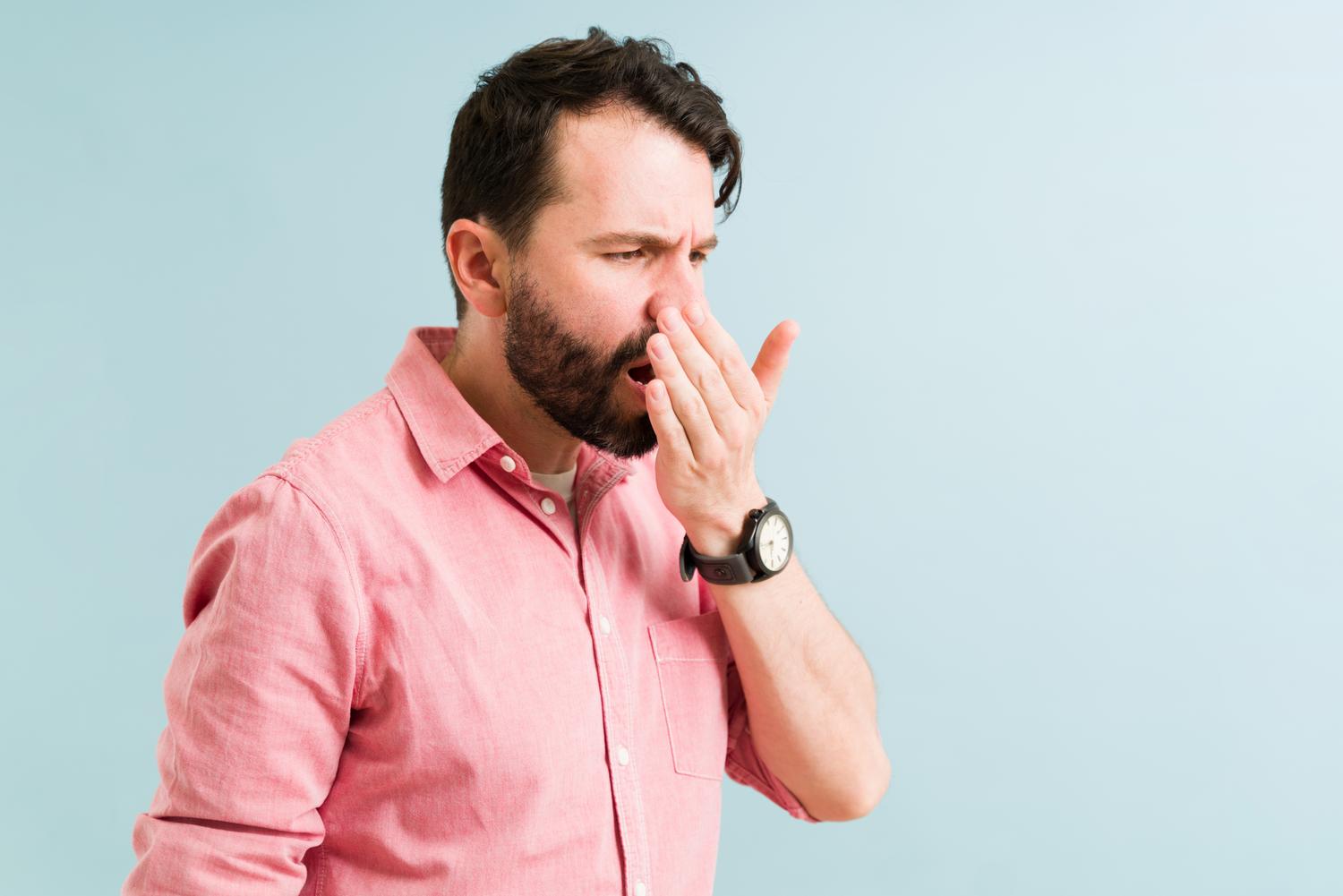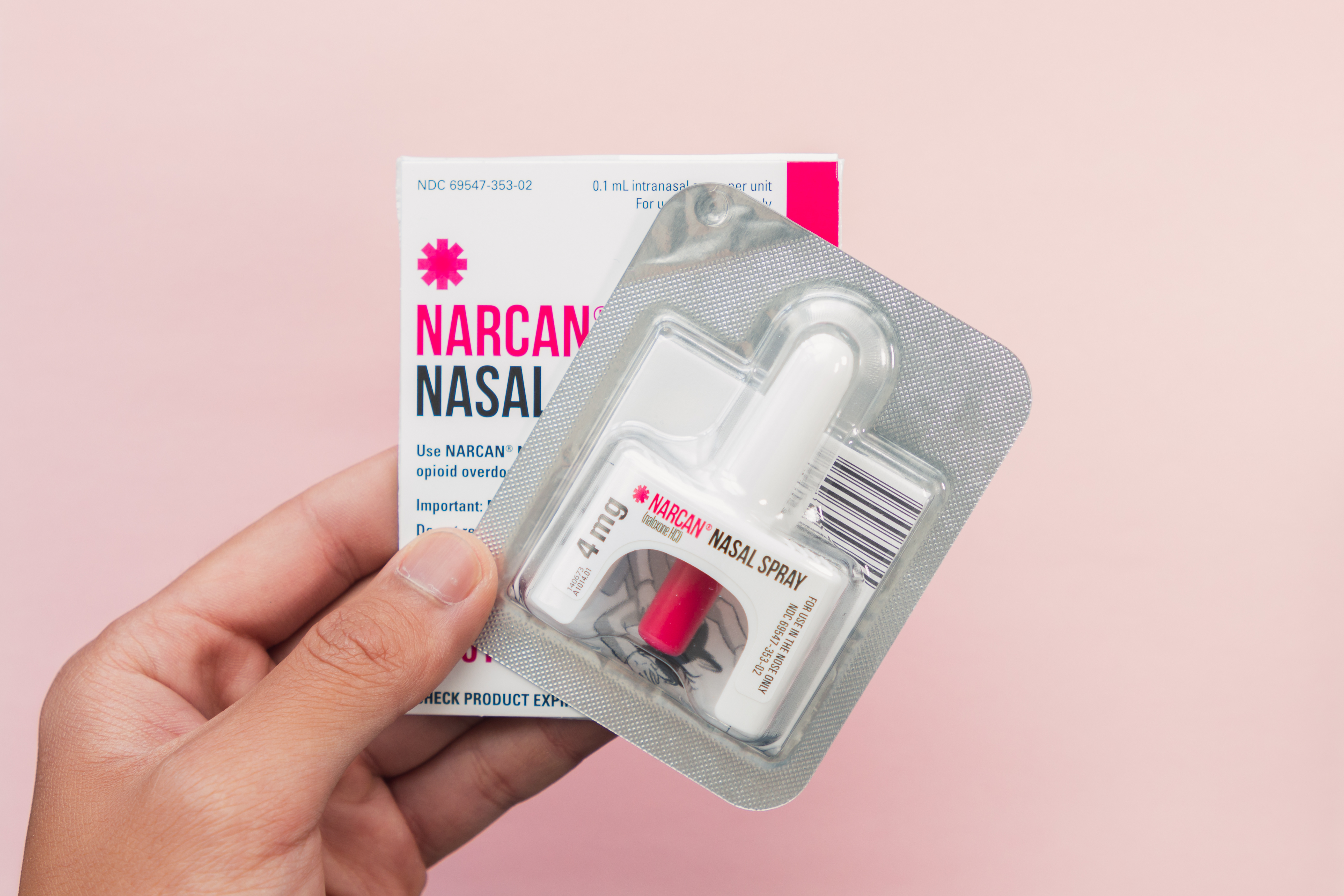7 Medicines To Help You Quit Smoking
Key takeaways
- There are seven FDA‑approved smoking‑cessation medications, including nicotine replacement therapies (gum, patches, lozenges, inhalers, nasal sprays) and non‑nicotine options
- Nicotine replacement therapies help ease cravings without harmful tobacco byproducts, while non-nicotine options work by altering brain chemistry to reduce cravings and withdrawal
- Combining medication with behavioral supports, such as counseling or quit‑plans, can improve your chances of successfully quitting smoking
Quitting smoking can improve your health in countless ways. Unfortunately, kicking the habit can be challenging. That's because most cigarettes, e-cigs and vapes contain nicotine, an addictive substance that’s found naturally in tobacco.
When nicotine enters your body, it causes a big rush of feel-good chemicals like dopamine and endorphins. As a result, your body starts to crave more of that happy, buzzy feeling from nicotine. And when you don’t give your body nicotine, you’ll start to feel nicotine withdrawal symptoms like trouble concentrating, anxiety, fatigue, irritability and a host of other uncomfortable symptoms.
These withdrawal symptoms can make quitting smoking feel like an impossible task. Luckily, smoking cessation medications can make it easier. These medications can help you to manage cravings and withdrawal symptoms.
Read on to learn more about smoking cessation medication options and how a healthcare provider can help with your smoking cessation efforts.
What medications are FDA-approved for smoking cessation?
The US Food and Drug Administration (FDA) has approved seven medications for smoking cessation: nicotine gum, nicotine patches, nicotine lozenges, nicotine inhalers, nicotine nasal sprays, bupropion and varenicline.
These medications typically fall into two categories: nicotine replacement therapy (NRT) and non-nicotine medications:
- Nicotine replacement therapy (NRT): NRT is one of the most common methods used to quit smoking. This therapy involves using nicotine in forms other than cigarette smoking (like gum, patches, lozenges, inhalers and nasal sprays). These nicotine forms are tobacco-free and allow patients to satisfy their nicotine craving without inhaling tar, formaldehyde, and other dangerous substances found in cigarettes. The end goal is for users to eventually taper off usage of NRTs so that they can be completely nicotine-free.
- Non-nicotine medications: These medications include bupropion and varenicline, which are prescription drugs that work on certain receptors and neurotransmitters in the brain to reduce nicotine cravings and reduce tobacco use.
Both over-the-counter and prescription options are available when it comes to smoking cessation medications. We’ve outlined 7 medications below, along with more information on how they work, how often they’re taken and common side effects.
Over-the-counter medications for smoking cessation
Some smoking cessation medications can be found at your local pharmacy or drugstore and purchased without a prescription. Options include:
1. Nicotine patches
Nicotine patches are sticky patches that are applied directly to your skin. They come in different strengths and release a steady, controlled amount of nicotine throughout the day which is absorbed through your skin and helps to reduce cravings.
- How they work: Deliver a steady dose of nicotine through the skin
- How often they're taken: Apply one patch daily, and be sure to take the old patch off before applying a new one
- Formulation: Available in various strengths (7mg, 14mg, 21mg)
- Side effects: Skin irritation, rashes
2. Nicotine gum
Nicotine gum is another type of over-the-counter NRT. The gum contains nicotine that gets absorbed through your mouth. This provides a safer alternative to smoking while helping users reduce their nicotine dependence.
- How it works: Chew the pieces of gum to release nicotine
- How often it's taken: One piece every 1-2 hours
- Formulation: Available in 2mg and 4mg strengths
- Side effects: Jaw soreness, hiccups and nausea
3. Nicotine lozenges
Nicotine lozenges are an over-the-counter NRT option. These dissolvable tablets are similar to cough drops, but they contain a dose of nicotine. Like other NRTs, these lozenges are considered less harmful for users than tobacco products like cigarettes and vapes.
- How they work: Dissolve in the mouth, releasing nicotine to reduce cravings
- How often they're taken: Typically one lozenge every 1-2 hours
- Formulation: Available in different strengths (2mg and 4mg)
- Side effects: Mouth irritation, hiccups, and heartburn
Prescription medications for smoking cessation
Some smoking cessation medications require a prescription from a licensed healthcare provider. Examples include:
4. Nicotine inhalers
A nicotine inhaler is a prescription NRT. It comes in the form of a handheld pen-like device (similar to a vape or an e-cigarette). Unlike e-cigarettes, nicotine inhalers deliver nicotine vapor to your mouth and throat - not your lungs. The aim of these inhalers is to help address nicotine cravings without the damage that cigarettes can cause.
- How they work: Deliver nicotine vapor to the mouth and throat
- How often they're taken: Use as directed by your healthcare provider, up to 16 cartridges per day
- Formulation: Cartridges containing nicotine
- Side effects: Mouth and throat irritation, coughing
5. Nicotine nasal spray (Nicotrol NS)
Nicotine nasal spray is another type of prescription NRT. It comes in the form of a small bottle with a narrow spray tip that is inserted into your nostril. When you push down on the spray bottle, it sends a mist of nicotine into your nose. The nicotine is then absorbed into your nasal membranes, helping to reduce cravings.
- How it works: Fast delivery of nicotine through nasal membranes
- How often it’s taken: One or two sprays in each nostril per hour, or as directed by your healthcare provider
- Formulation: Nasal spray bottle containing a liquid nicotine solution
- Side effects: Nasal irritation, headaches, runny nose, coughing and watery eyes
6. Bupropion SR / Bupropion XL (Zyban)
Bupropion is an oral antidepressant that helps reduce nicotine withdrawal symptoms and cravings. It’s available in two formulations: bupropion SR (sustained-release) and bupropion XL (extended-release). Both have been shown to be equally effective at helping people to quit smoking.
- How it works: An antidepressant that reduces withdrawal symptoms and cravings
- How often it's taken: One to two tablets daily, as directed by your healthcare provider
- Formulation: Available in sustained-release (SR) oral tablets
- Side effects: Skin reactions, constipation, insomnia, dry mouth, and increased risk of suicidal thoughts
7. Varenicline (Chantix)
Varenicline, also known by its brand name Chantix, works to help you quit smoking in two ways. It stimulates nicotine receptors in the brain, and it also blocks your brain from feeling the dopamine rush that it normally gets from smoking. This helps to reduce nicotine cravings and dependence over time.
- How it works: Reduces cravings and withdrawal by blocking nicotine receptors in the brain
- How often it's taken: One tablet daily, increasing to two tablets daily (depending on your healthcare provider’s guidance)
- Formulation: Oral tablets
- Side effects: Nausea, constipation, vivid dreams or sleepwalking, headaches, mood swings, and suicidal thoughts
Additional smoking cessation treatments
Nicotine replacement therapy and medication aren’t the only treatment options for nicotine addiction. Naloxone, a medication that is used to reverse the effects of opioids, is sometimes prescribed off-label to help with cravings.
Additionally, trigger avoidance (the act of avoiding things that may drive you to use nicotine) and counseling are important intervention tools for vaping and tobacco smoking cessation.
For example, consider removing all cigarettes from your home, car, and office to avoid temptation. If you’re feeling restless, physical activities like walking or jogging can help keep you busy and reduce urges.
You can also work with a therapist or mental health provider to identify and avoid situations where you typically smoke and create alternative plans (like chewing gum) when tempted. Several studies have found that people who combine prescription medication like varenicline with behavioral support are more successful with smoking cessation than those using prescription medication alone.
Why quitting smoking matters
It’s well-documented that smoking increases your risk for lung cancer, heart disease, stroke, high blood pressure and a number of other health conditions. The good news? Data shows that once you quit, your body starts healing itself pretty quickly.
For example, a 2024 study found that quitting smoking at any age was associated with a longer lifespan. This was especially true for those who stopped smoking before age 40.
Additional data from the US Surgeon General’s office has found that former smokers experience improved lung capacity and function as their airways clear. Most importantly, the risk of developing chronic lung diseases like COPD and lung cancer decreases with each smoke-free day.
How Sesame can help
If you’re trying to quit smoking, medical guidance and medication can go a long way towards managing your cravings and withdrawal symptoms.
For fast, affordable care, head to Sesame to get help quitting smoking online. During your appointment, your provider can create a personalized smoking cessation treatment plan, help you monitor your progress, and prescribe medication if appropriate.
Related posts

Read up on key preventative care lifestyle changes and tips to avoid and prevent chronic conditions like diabetes, high cholesterol and heart disease.

Every man is different, and there is no “one-size-fits-all” treatment plan for ED, but use these tips as a starting point toward better sexual health.

These top lifestyle changes to lower your cholesterol show you how to lower cholesterol naturally and take steps to improve your heart disease risk.

Habits and routines are not necessarily bad, but certain behaviors can be harmful. Go into the New Year with these simple ways to help you break old habits affecting your health and wellness and start your journey toward becoming a healthier you.

Trying to figure out if your bad breath is halitosis? Learn about common causes of bad breath, along with home remedies and medical treatments for halitosis.

Not sure how to choose the right medication option for your anxiety or depression symptoms? Read on to learn about how each type of antidepressant may fit your symptoms, lifestyle and budget.

Over-the-counter Narcan is now FDA-approved. Learn how this nasal spray can prevent fatal opioid overdoses and why it's essential to have on hand.

Prozac (fluoxetine) and Zoloft (sertraline) are both FDA-approved to treat several anxiety and depressive disorders, but there are also key differences.

Do Prescription Medications Expire? Here's What You Need to Know.
